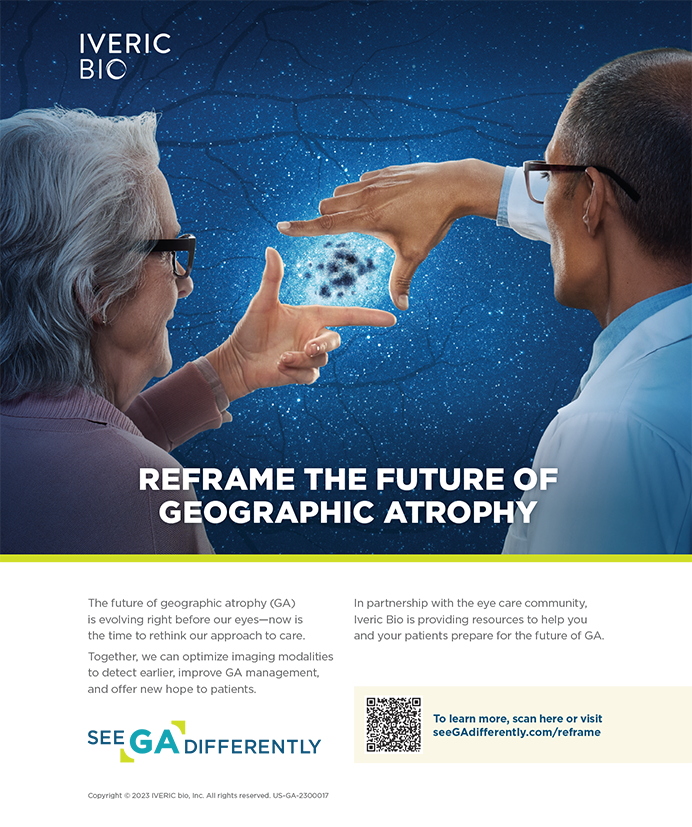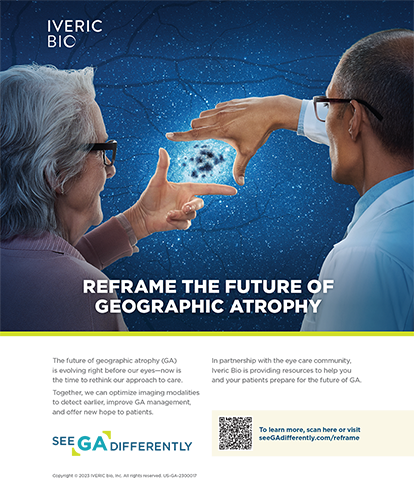This new column will highlight the living legends in ophthalmology—those men and women who have had a remarkable impact on the profession. The inaugural installment features Geoffrey Tabin, MD, professor of surgery and medicine, Moran Eye Center, University of Utah, and codirector, Himalayan Cataract Project. Dr. Tabin has climbed the seven summits (the highest points of all seven continents), including the east face of Mt. Everest, and is credited with inventing bungee jumping. It is his dedication to curing worldwide blindness, however, that makes him a legend. In 1994, he cofounded the Himalayan Cataract Project, which strives to eradicate preventable and curable blindness. The Himalayan Cataract Project and its global partners have performed more than 445,000 ophthalmic surgeries in the developing world. CRST takes a personal look at the man behind the legend.









What do you wish more people knew about preventable blindness in developing nations?
Blindness can be overcome. Eighty-five percent of blindness in the world could have been prevented if it had been treated, and half of the blindness is from treatable cataracts. A lot of these people are only in their 50s and 60s, and infants and children suffer from preventable blindness, too. For comparison, if we did not do cataract surgery in America, people would not be going blind until their 70s and 80s.
The consequences of blindness in developing countries are devastating: people who are already impoverished cannot work, children cannot go to school, and depression is common. In the hills of Nepal, for example, you cannot get around without falling, so you just sit in a corner. There are no audiobooks, no services to help. Ultimately, blindness can become a death sentence. We just published a study we did in Ethiopia involving two very large cohorts of blind people. Half had cataract surgery, and the other half did not. The group whose sight was restored had a much lower mortality rate over the next 3 years.1
Even US ophthalmologists are not aware of the impact, and neither is the general public or, unfortunately, a lot of the funding agencies. We are really trying to increase awareness and link a lot of the programs that are working (eg, Aravind, Christoffel Blindenmission).
Curing blindness in the developing world is an enormous task. Do you ever feel overwhelmed?
I feel more overwhelmed when I have multiple things people want me to do at once in America—when I have seven patients and three referring doctors who want me to call them back, two people who think they have an urgent e-mail, and five patients who have been waiting an hour in clinic. I feel a little overwhelmed when there are things that I am not really that excited about doing but I have to do, like electronic medical records and chart work. I find that having all of those things at once can be much more overwhelming than looking up at El Capitan and saying, “OK, I am going to climb this stone that seems to go on forever.” When you are climbing El Capitan, you focus on that first step, and you are focusing on the next handhold. You are focusing straight ahead of you.
Performing surgery in the Himalayas is the same thing. You are looking at this enormous task that all boils down to doing the best you can with each step and each moment. I will go into surgery in Ethiopia, where we will have a line of patients, and we will do 100 surgeries in a day. I just concentrate and do the absolute best I can on the surgery I am doing right then. As soon as that finishes, I do the best I can with the next surgery. I never get overwhelmed if there are still 61 patients waiting; all I think about is doing the best I can in that exact moment.
Of the many patients whose lives you have changed, is there a particular person who stands out as having had an impact on you?
In 2008, a young girl, Caroline, was brought in from the blind school in Nigeria. She was feisty, but she was also crying, saying she could not stand it at the blind school, that she could not stand her life. In her right eye, she had a clear, normal cornea, but she had a retinal detachment and no light perception. She had developed a corneal ulcer in her left eye. It was treated by a native healer, which resulted in a completely opaque, white cornea.
I took the normal, healthy cornea from her retina-blind eye and transplanted it onto her cornea-blind eye. She ended up doing spectacularly. She is now finishing nursing school in Nigeria, and we stay in touch by email. Caroline was really quite an inspiration to me to see how far she could go from that setting and how little it is that we need to give to somebody like that for him or her to do incredible things.
Outside of the ophthalmology field, who inspires you in your life’s work?
There are two. George Mallory, the first person to climb Mount Everest, was an inspiration and role model for me in terms of giving back. The second is His Holiness the Dalai Lama. He maintains joy, humor, and grace in the face of any adversity. He is one of the most joyous, happy people who is truly engaged in the moment.
If somebody were to tell you he or she wanted to make a difference in the world, what would you suggest?
Help one person at a time. Look for what you can do. If you are an ophthalmologist, you are in a privileged position, because you can use your profession to help alleviate suffering, but even small acts of kindness make a difference.
Do you know the starfish story? A man is walking down the beach, and he is picking up starfish and throwing them back into the water. A guy comes up and laughs at him and says, “You are wasting your time. There are so many starfish; you cannot make a difference.” The man picks up the next starfish, puts it back in the water, and says, “Well, I made a difference to that one.”
We are making an enormous difference for every person that we treat—one patient at a time.
1. Thomas BJ, Sanders DS, Oliva M, et al. Blindness, cataract surgery and mortality in Ethiopia [published online ahead of print June 7, 2016]. Br J Ophthalmol. doi:10.1136/bjophthalmol-2015-308328.


